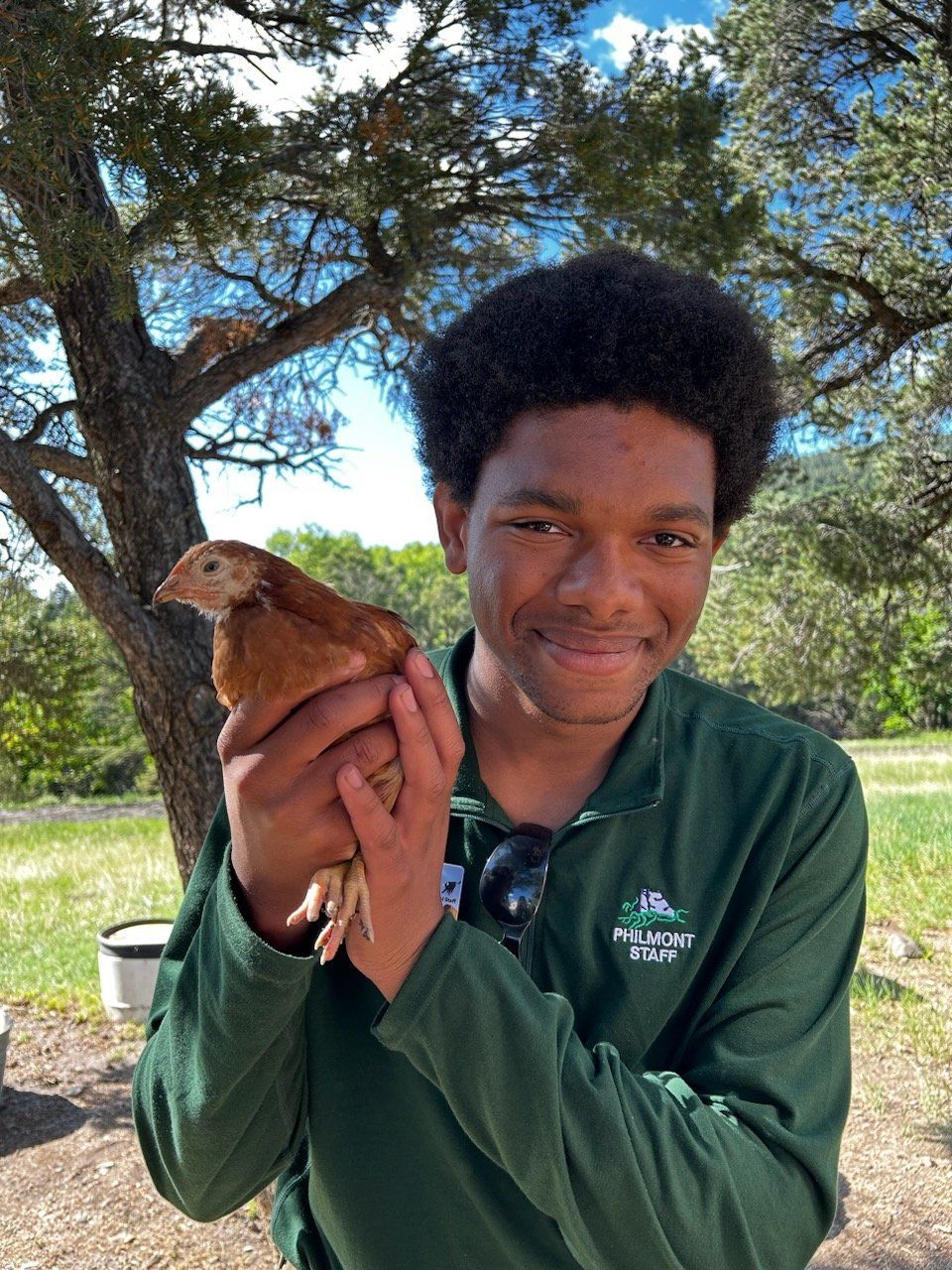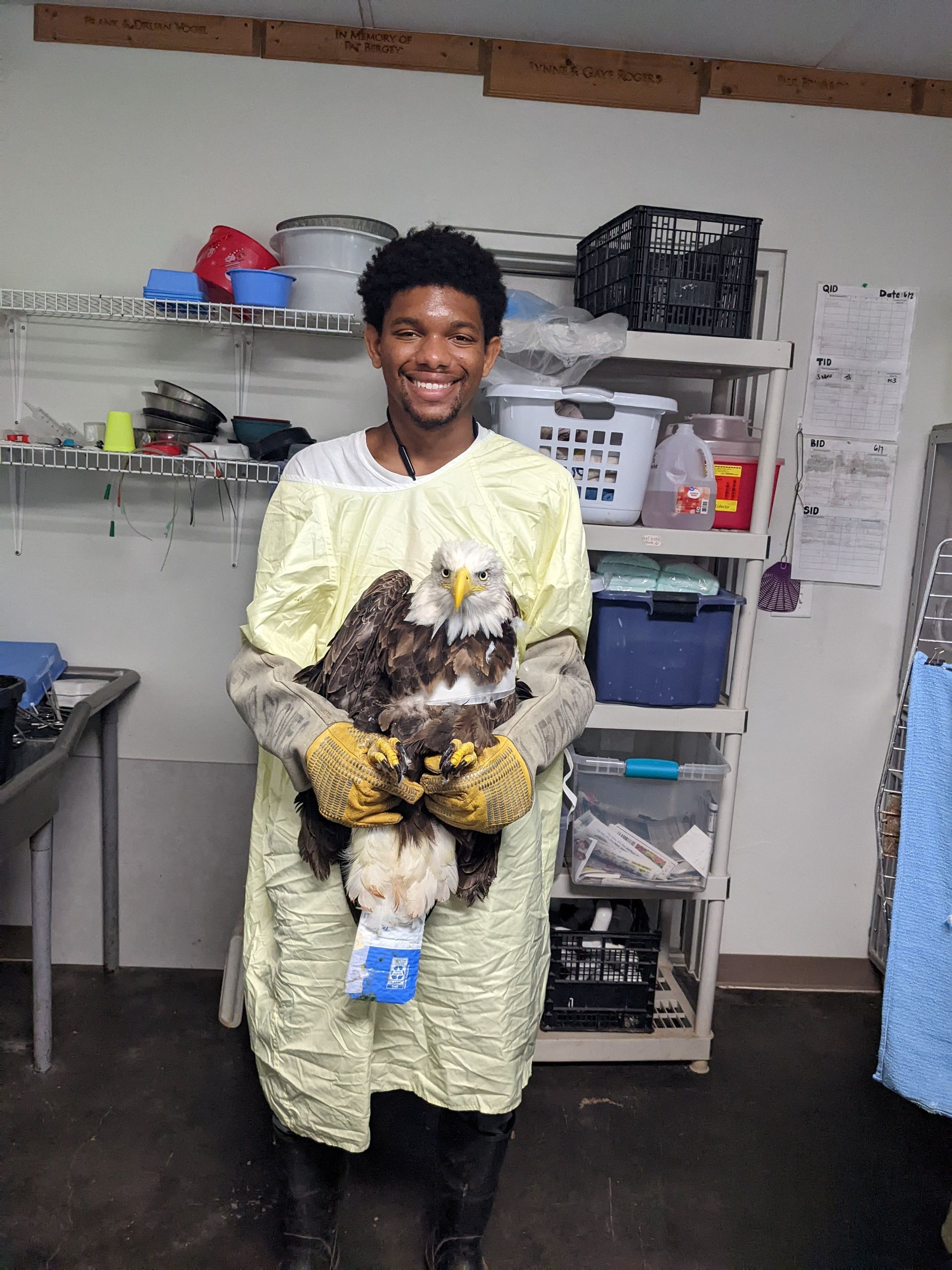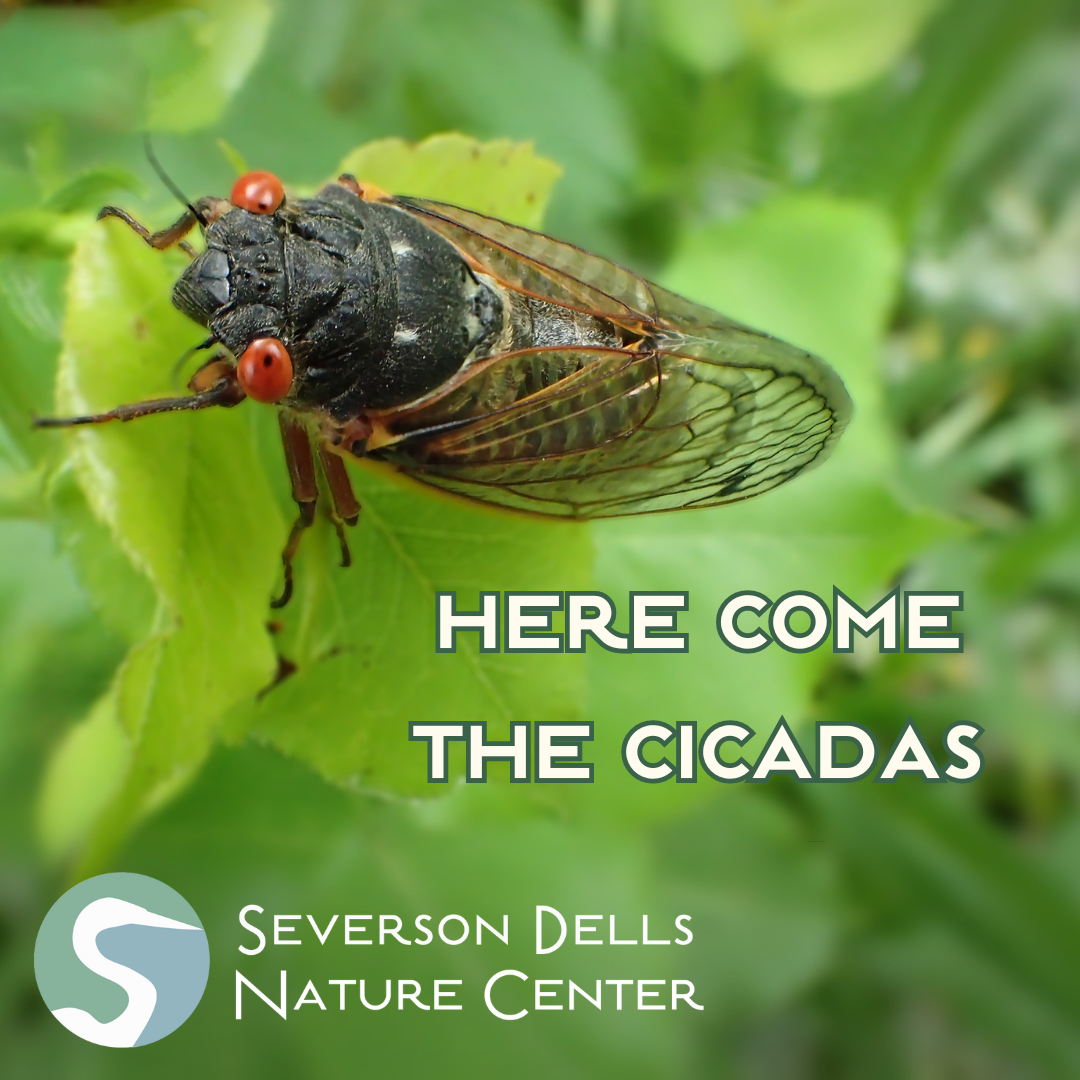FIELD NOTES BLOG
Meet Bryce

Salutations Everybody! My name is Bryce Messer and I am happy to be serving Severson Dells, for the first time, as an AmeriCorps Environmental Educator. I grew up in Atlanta, Georgia but moved to Illinois a little over 1 year ago, so I am excited to learn everything I can about the natural wonders of the area.
I graduated from the University of Oklahoma with a degree in Biology with minors in Geology and History of Science. Then I received my master’s degree from Southern Illinois University majoring in Zoology. As a requirement for graduation, I developed a habitat management plan for the American Pronghorn across a 140,000-acre ranch in New Mexico.

Before my time at Severson Dells, I worked in wildlife rehabilitation with WildCare Oklahoma to nurture sick, injured, and orphaned animals back to health. Following leaving Oklahoma I served as a natural resource technician at Philmont Scout Ranch in Cimarron, New Mexico then traveled to Trinidad & Tobago to study the evolutionary histories of guppies.

I have had a lifelong love for wildlife and the outdoors which means I spend most of my time outside hiking, fishing, birding, and hunting. When not outside I enjoy playing video games, live-action role-playing, and watching movies & anime.

RECENT ARTICLES


Our Mission: To link people to nature through education and research, in the northern Illinois and southern Wisconsin area. We promote awareness of the natural world, fostering respect, enjoyment, and preservation now and in the future.
Contact us
8786 Montague Rd.
Rockford, IL 61102
Business Hours
- Mon - Sat
- -
- Sunday
- Closed
The Grove Nature Playscape and the trails
are open from sunrise to sunset.
Website Navigation
Business Sponsors

Slide title
Write your caption hereButton
Slide title
Write your caption hereButton
Slide title
Write your caption hereButton
Slide title
Write your caption hereButton
Slide title
Write your caption hereButton
Slide title
Write your caption hereButton
Slide title
Write your caption hereButton
Slide title
Write your caption hereButton
Slide title
Write your caption hereButton
Slide title
Write your caption hereButton
Slide title
Write your caption hereButton
Slide title
Write your caption hereButton
Slide title
Write your caption hereButton
Slide title
Write your caption hereButton
Slide title
Write your caption hereButton
Slide title
Write your caption hereButton
Slide title
Write your caption hereButton
Slide title
Write your caption hereButton
Slide title
Write your caption hereButton
Slide title
Write your caption hereButton
Slide title
Write your caption hereButton
Slide title
Write your caption hereButton
Slide title
Write your caption hereButton
Slide title
Write your caption hereButton
Slide title
Write your caption hereButton
Slide title
Write your caption hereButton
Slide title
Write your caption hereButton
©2023 | All Rights Reserved | Severson Dells Nature Center
Website powered by Neon One


